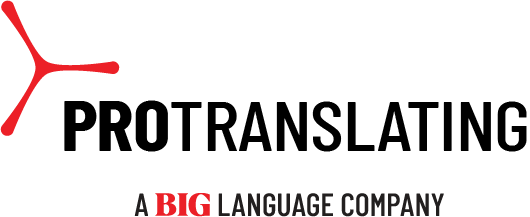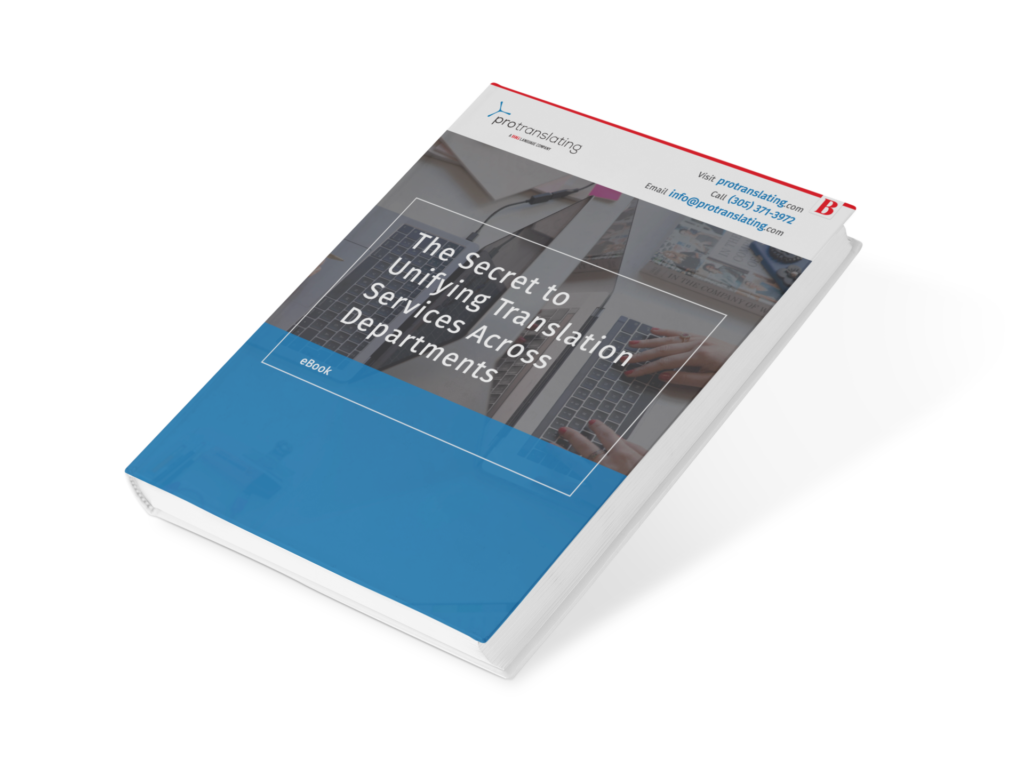Translating content can seem a luxury when time or budgets are under strain. However, with as many as 44.5% of residents in some U.S. states speaking a language other than English at home, content translation is not only a business necessity but also a valuable opportunity to stand out from the crowd, says a BIG Language employee.
Targeted content is a cornerstone of digital marketing and a crucial tool for providing support and product information to existing customers. But, while many businesses understand that “content is king,” not every organization understands the need for high-value content in multiple languages. Even companies with established translation processes or vendors may feel justified in only providing the bare minimum to non-English speaking markets.

From Business Luxury to Necessity to Opportunity
Just as multinational companies need to address language preferences to communicate effectively with their target audiences in different countries, so must any business that focuses on the U.S. market. As many as 44.5% of residents speak a language other than English at home in some states, making the U.S. a truly multilingual country.
Across the U.S., there is an estimated population of more than 40 million Spanish speakers, plus sizable communities of Cantonese, Mandarin, Tagalog, Vietnamese, Arabic, French/Louisiana French, and Korean speakers. Any marketing or content strategy that does not consider these non-native English-speaking populations could be overlooking a potentially vast revenue source.
For businesses with one eye on international growth, translation provides a clear pathway for reaching non-English speaking communities internationally. And with more than 62% of content on the internet in the English language, it also offers an opportunity to stand out from the competition online.
While the global language of business may be English, that does not mean the language of the end consumer is too. According to a Common Sense Advisory (CSA Research) survey, almost half of customers will not browse websites or consider offers outside their language online, with 65% preferring content in their native language and 66% relying on online machine translation to fill translation gaps. Companies that ignore this sizable customer demand are impacting their potential for growth and opening the door to competitors who do address that demand.

More Than Words: How to Translate Content Effectively
Of course, effective content translation requires more than simply switching one language to another. For many projects, localization and transcreation services will equally be necessary to create culturally sensitive and engaging experiences and drive maximum return on investment (ROI). The same applies to website translation, where multilingual search engine optimization (SEO) services will be equally necessary to improve your brand visibility and reach online.
With resources under pressure, such content translation and localization strategies can appear a luxury too far, even if they are understood as necessary. However, such tasks are less complicated and time-consuming than they may sound. Language Service Providers (LSPs), such as BIG Language Solutions, use a range of technologies—including computer-assisted translation (CAT) software, translation glossaries, workflow automation, and project management tools—to speed up translation and ensure quality and consistency for clients and end consumers.
As with all business initiatives, content translation strategies ultimately come down to opportunity and ROI. By working with a trusted LSP, you will be able to create a multilingual content strategy that works for you and your budget.
Contact us for tailored advice or support on developing an effective multilingual content strategy for your business.







